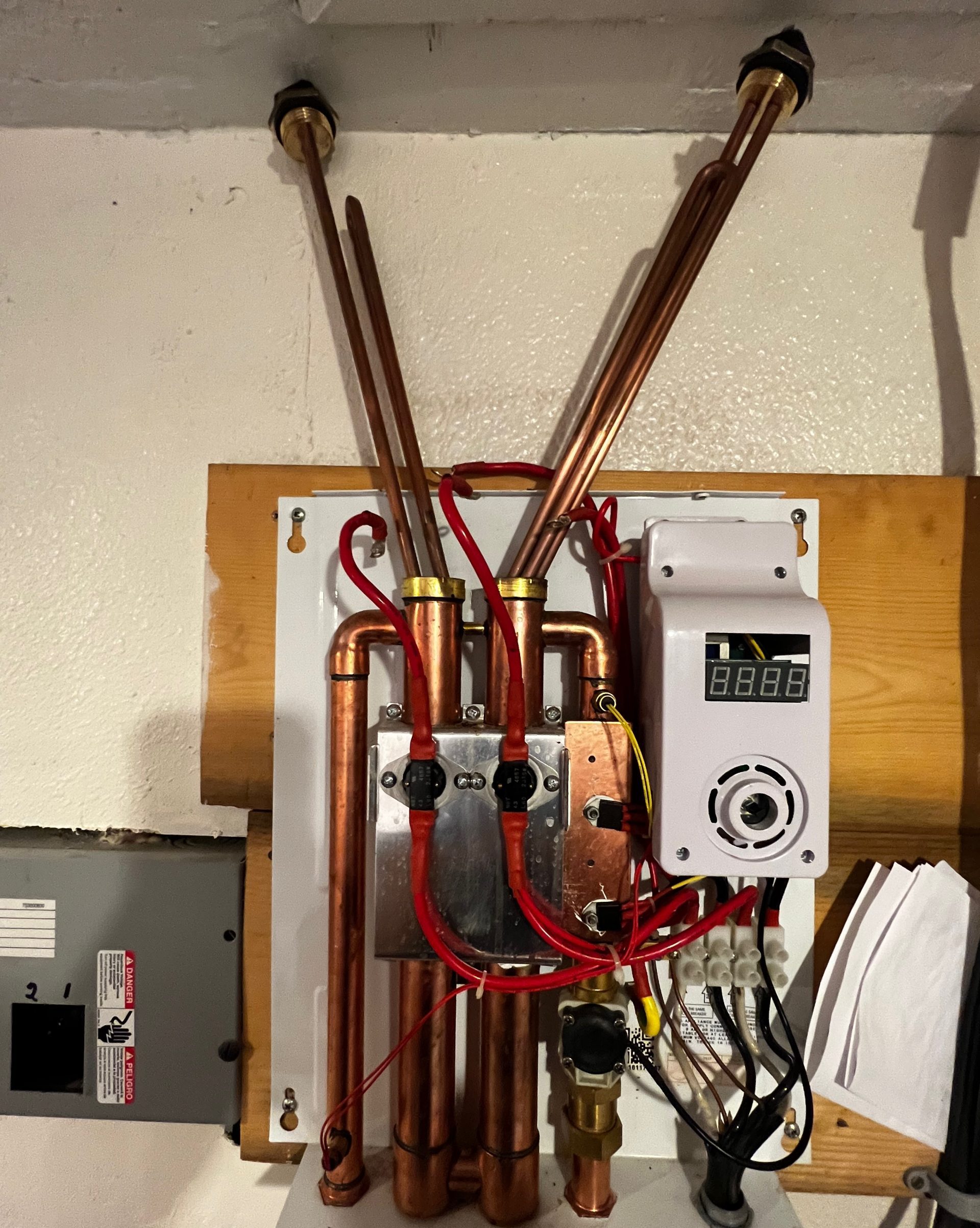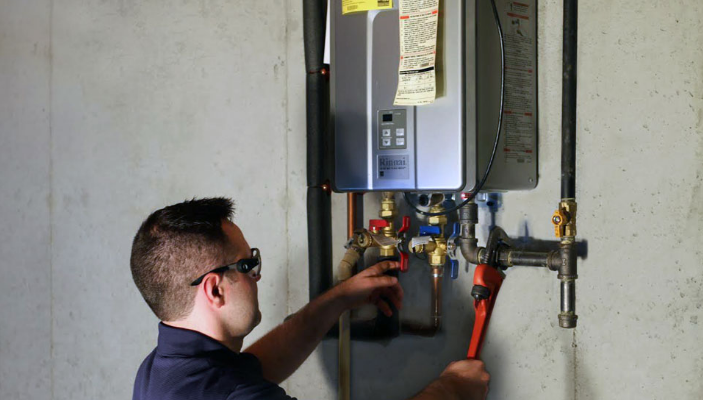Here further down you will find additional very good details with regards to Tips on Maintaining a Water Heater.

Warm water is essential for daily comfort, whether it's for a refreshing shower or cleaning recipes. To guarantee your warm water system runs successfully and lasts longer, regular maintenance is essential. This short article offers sensible pointers and understandings on exactly how to maintain your home's hot water system to avoid disturbances and expensive repair services.
Introduction
Preserving your home's warm water system could seem daunting, yet with a couple of straightforward steps, you can ensure it runs efficiently for several years to come. This overview covers every little thing from recognizing your hot water system to DIY maintenance pointers and recognizing when to employ expert help.
Value of Keeping Your Warm Water System
Routine upkeep not just prolongs the life expectancy of your hot water system yet additionally guarantees it runs successfully. Ignoring maintenance can lead to decreased efficiency, greater power bills, and even premature failing of the system.
Indicators Your Warm Water System Requirements Maintenance
Knowing when your warm water system needs attention can prevent significant concerns. Watch out for indications such as inconsistent water temperature, weird sounds from the heater, or corroded water.
Recognizing Your Hot Water System
Before diving right into upkeep tasks, it's helpful to comprehend the basic components of your warm water system. Usually, this includes the hot water heater itself, pipelines, anode rods, and temperature level controls.
Monthly Maintenance Tasks
Normal regular monthly checks can help capture small issues before they escalate.
Purging the Water Heater
Purging your hot water heater eliminates sediment buildup, improving efficiency and lengthening its life.
Checking and Replacing Anode Rods
Anode poles protect against rust inside the storage tank. Examining and changing them when worn is critical.
Evaluating and Adjusting Temperature Level Setups
Changing the temperature settings makes certain optimal efficiency and security.
DIY Tips for Maintenance
You can execute numerous maintenance tasks on your own to keep your hot water system in leading problem.
Checking for Leaks
Consistently check pipelines and links for leaks, as these can bring about water damages and higher costs.
Checking Pressure Alleviation Valves
Checking the pressure safety valve ensures it works properly and avoids extreme pressure accumulation.
Insulating Pipelines
Insulating warm water pipes lowers warm loss and can save power.
When to Call a Professional
While do it yourself maintenance is beneficial, some problems require specialist experience.
Complex Concerns Needing Specialist Assistance
Instances consist of major leakages, electric problems, or if your hot water heater is regularly underperforming.
Regular Professional Upkeep Advantages
Professional upkeep can include complete inspections, tune-ups, and making certain compliance with security standards.
Conclusion
Routine upkeep of your home's hot water system is necessary for efficiency, durability, and price savings. By adhering to these tips and understanding when to seek specialist help, you can make sure a reliable supply of warm water without unexpected disturbances.
How to Maintain an Instant Hot Water Heater
Before tinkering with your hot water heater, make sure that it’s not powered on. You also have to turn off the main circuit breaker and shut off the main gas line to prevent accidents. Also turn off the water valves connected to your unit to prevent water from flowing into and out of the appliance. 2. When you’re done, you have to detach the purge valves’ caps. These look like the letter “T” and are situated on either side of the water valves. Doing so will release any pressure that has accumulated inside the valves while at the same time avoid hot water from shooting out and burning your skin. 3. When the purge valves’ caps are removed, you have to connect your hosing lines to the valves. Your unit should have come with three hoses but if it didn’t, you can purchase these things from any hardware or home repair shops. You can also get them from retail stores that sell water heating systems. Read the user’s manual and follow it to complete this task properly. When the hosing lines are connected, open the purge port’s valves. 4. You should never use harsh chemical cleaners or solutions when cleaning your unit. Make use of white vinegar instead. It should be undiluted and you’ll probably use about 2 gallons. 5. Now flush your water heater. This task should probably take about 40 minutes. We can’t give you specific directions for this because the procedure is carried out depending on the type, model and brand of your heater. With that being said, refer to the user’s manual. 6. When you’re done draining the unit, you have to turn off the purge port valves again. Remove the hosing lines that you earlier installed on each of the water valves. Put the valve caps (purge port) back in their respective places and be very careful so as not to damage the rubber discs that are found inside these caps. 7. Now that everything’s back in place, check your user’s manual again to find out how to reactivate your water heating system. 8. Once it is working, turn one of your hot water faucets on just to let air pass through the heater’s water supply pipes. Leave the tap on until water flows smoothly out of it. https://www.orrplumbing.com/blog/2014/september/how-to-maintain-an-instant-hot-water-heater/

I stumbled upon that entry on What Kind of Maintenance Do Water Heaters Need? while exploring the search engines. Sharing is nice. One never knows, you may be doing someone a favor. We cherish your readership.
Top Article